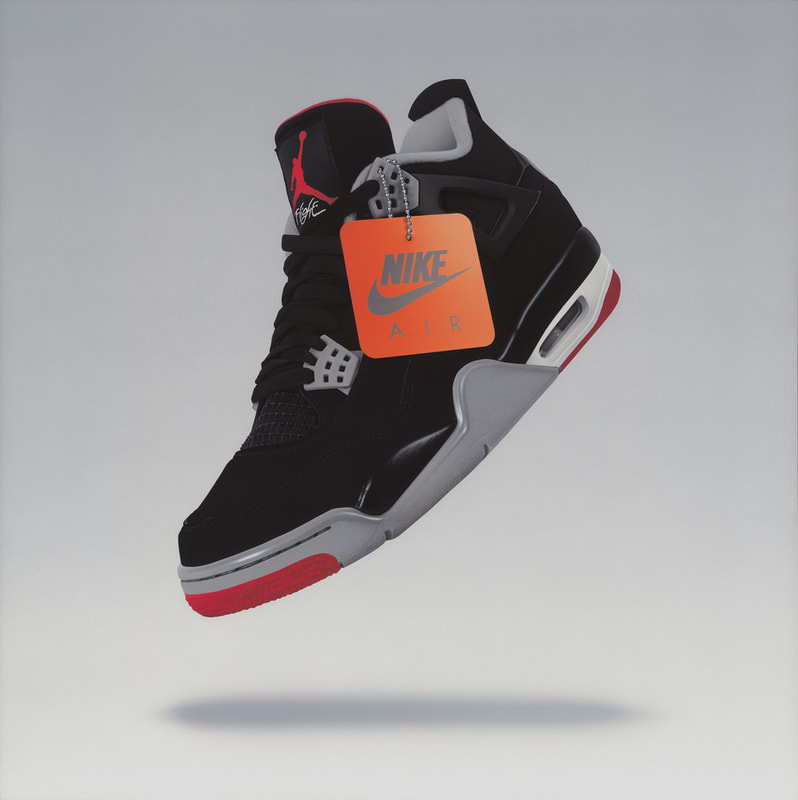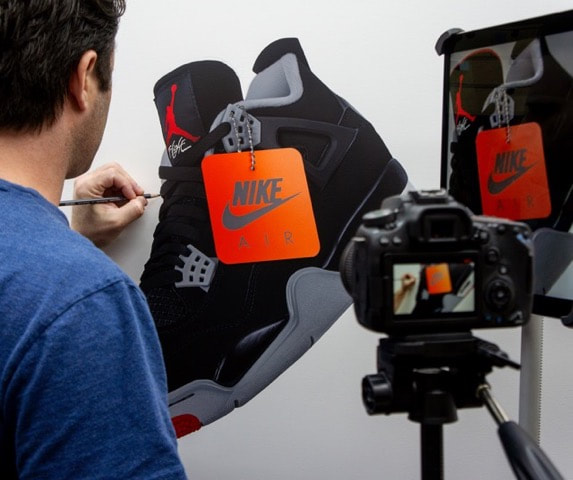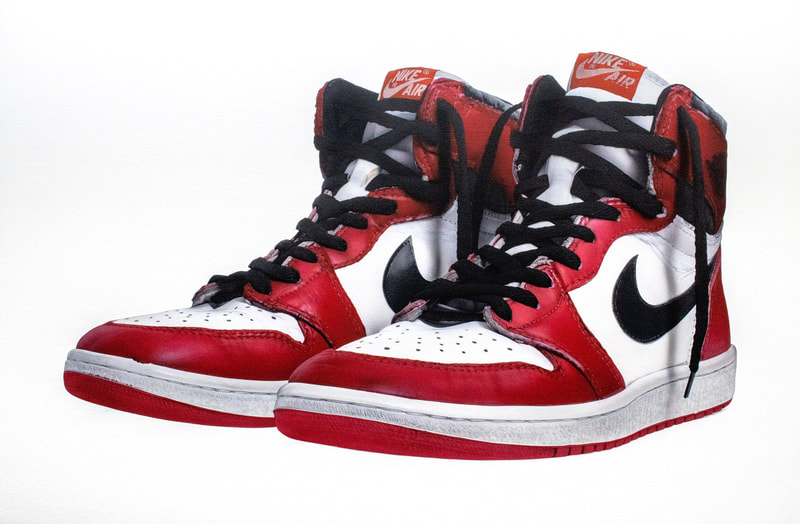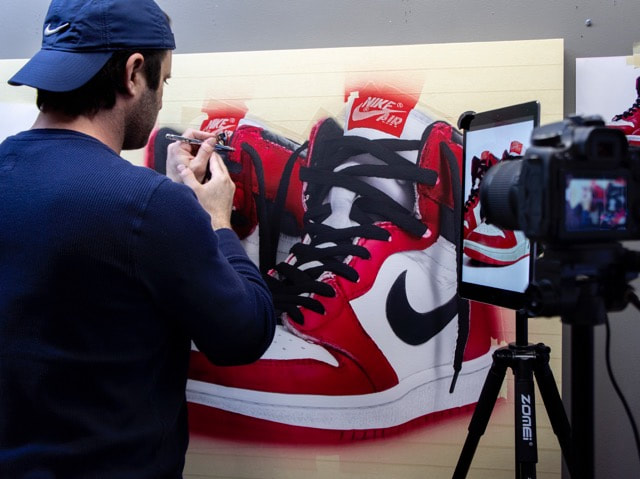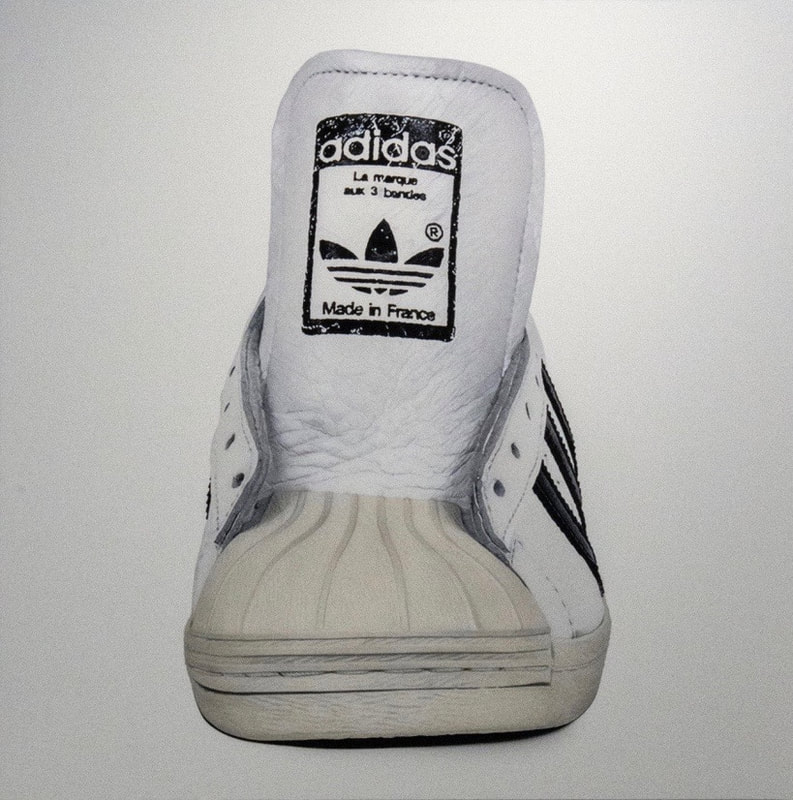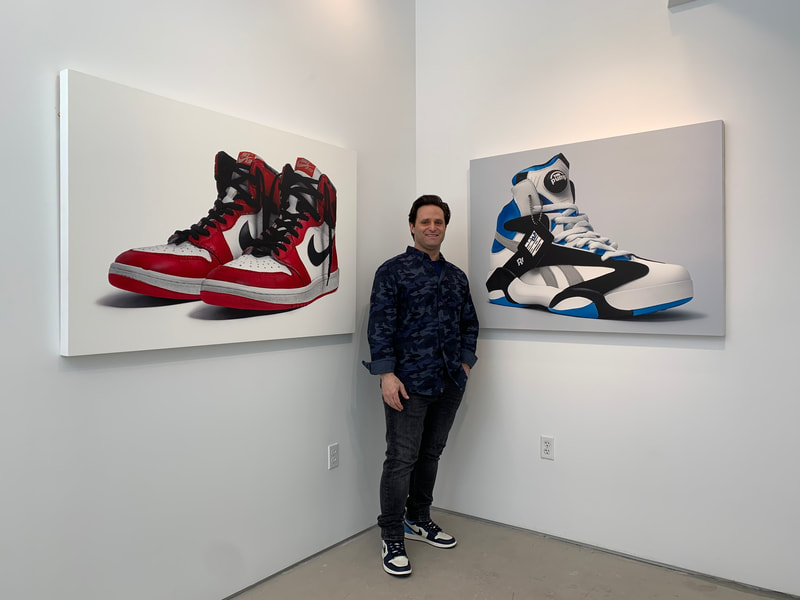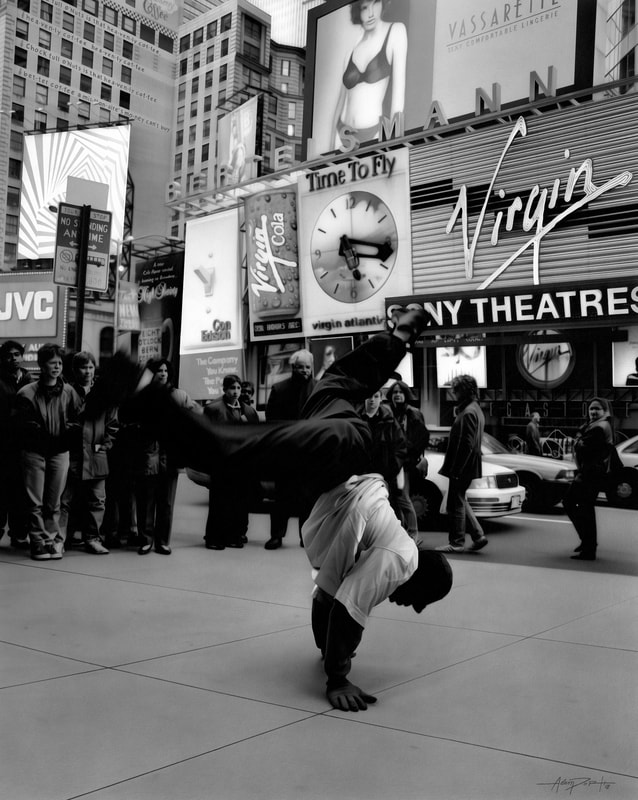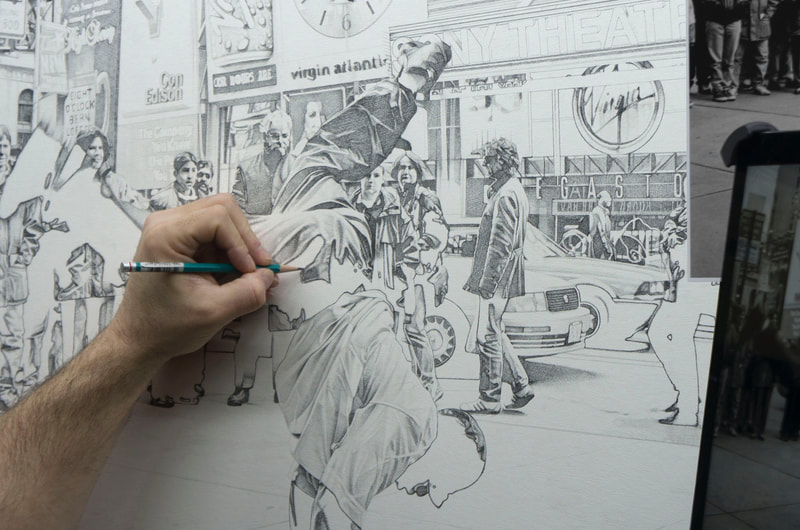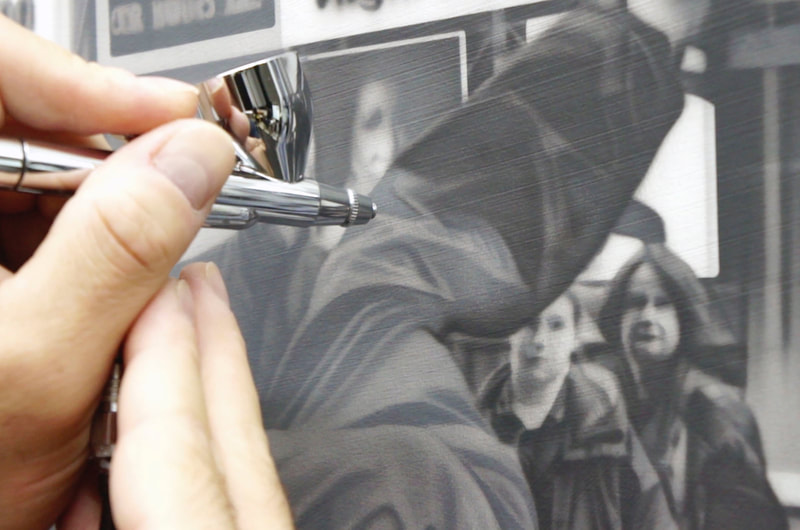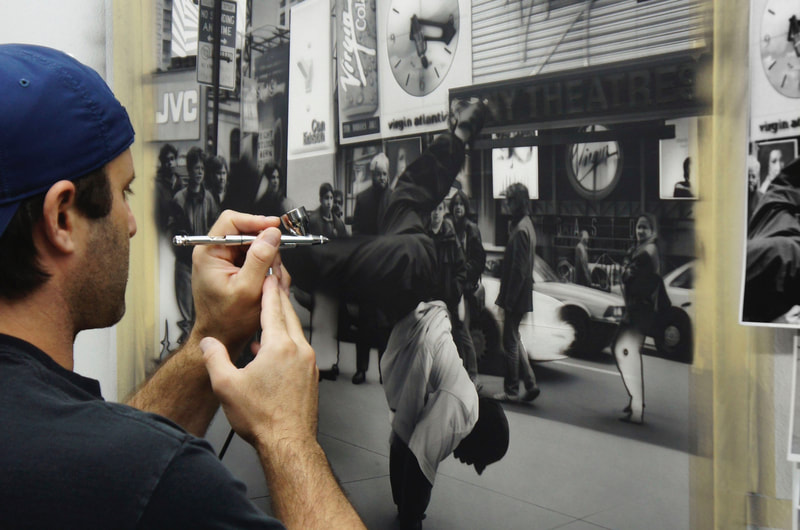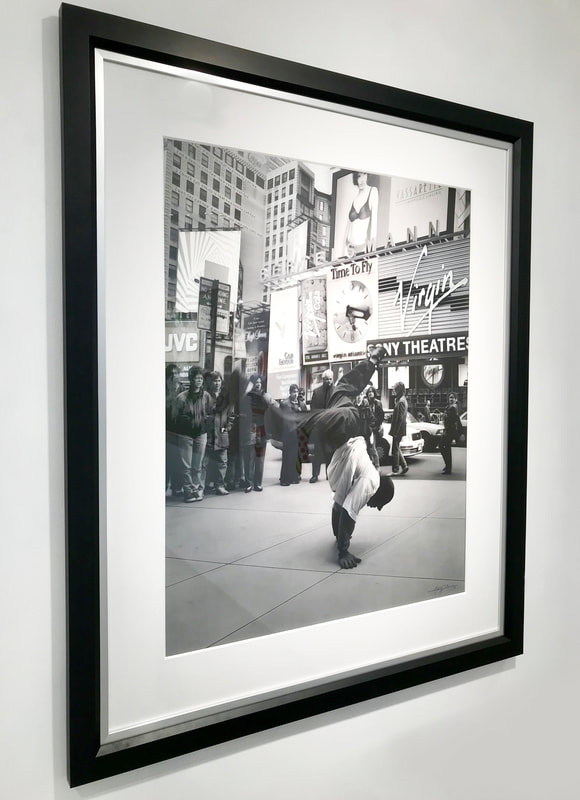ADAM PORT
Heir-apparent to the great modern masters of photorealist portraiture, Adam Port first burst on the art scene back in 2000 when he was discovered by a New York Knicks photographer and quickly earned a prestigious licensing agreement with the NBA. Today Port reigns as one of the nation’s premier artists, with a clientele that has included other influential entities like the Basketball Hall of Fame and Elvis Presley Enterprises, along with A-list stars like Michael Jordan, Carmelo Anthony, and Ray Lewis. In 2012, Port’s monumental painting “Ty Cobb Sliding” sold at auction for just shy of $25,000.
A graduate of Syracuse University’s School of Visual and Performing Arts, Port has perfected his trademark technique of using acrylic paint and colored pencil on board to create breathtakingly life-like portraits. “In the first stage of my artistic process, I use graphite pencils to create the under-drawing,” Port explains. “I then begin to paint over that with acrylics. Next, I use various colored pencils to further render and pull out the highlights. So, I start by going from light to dark and eventually dark to light. The last and most rewarding stage comes at the end when I polish up the painting by putting in all the final details.” That an artist can so defy reality by replicating—and even improving upon—actual photographs is a wonder to behold.
A graduate of Syracuse University’s School of Visual and Performing Arts, Port has perfected his trademark technique of using acrylic paint and colored pencil on board to create breathtakingly life-like portraits. “In the first stage of my artistic process, I use graphite pencils to create the under-drawing,” Port explains. “I then begin to paint over that with acrylics. Next, I use various colored pencils to further render and pull out the highlights. So, I start by going from light to dark and eventually dark to light. The last and most rewarding stage comes at the end when I polish up the painting by putting in all the final details.” That an artist can so defy reality by replicating—and even improving upon—actual photographs is a wonder to behold.

